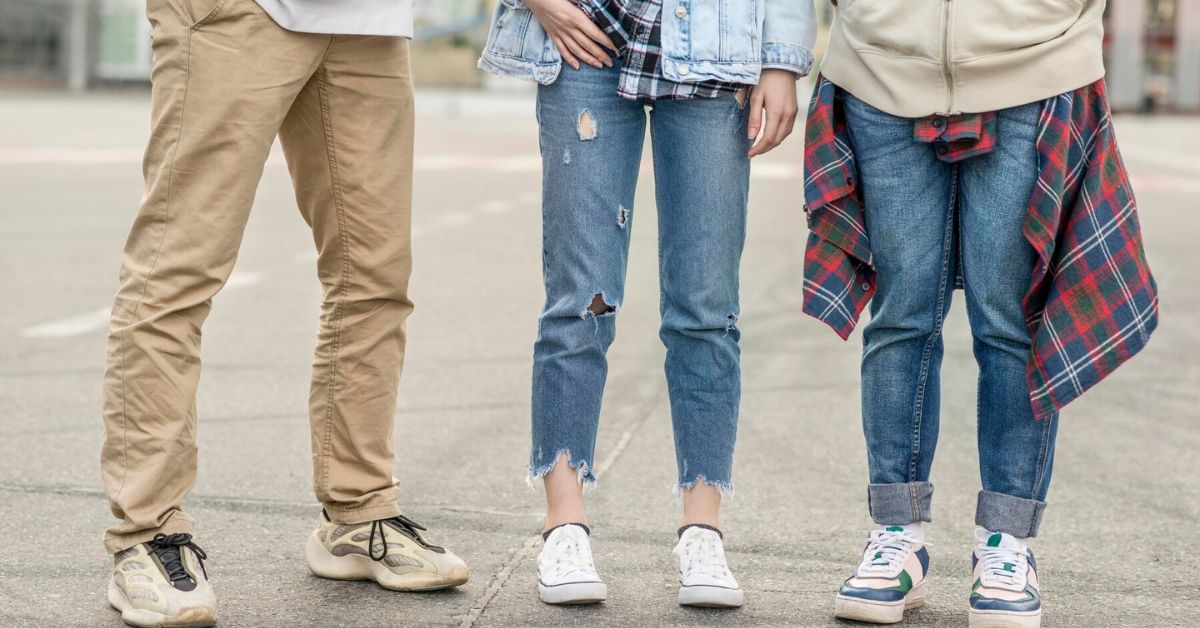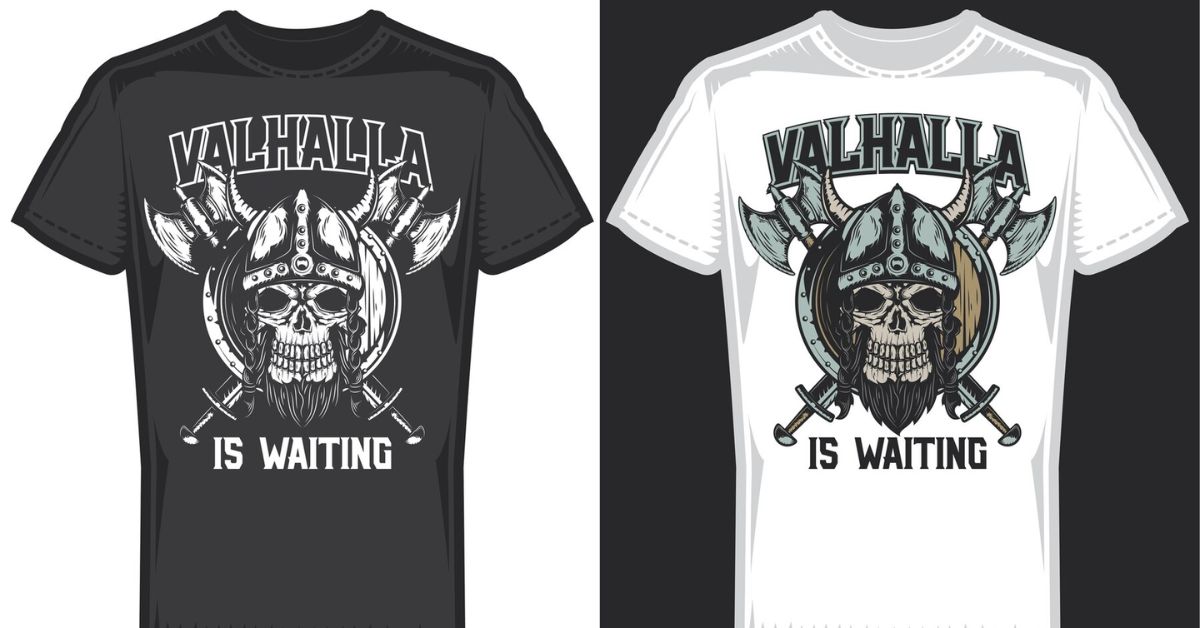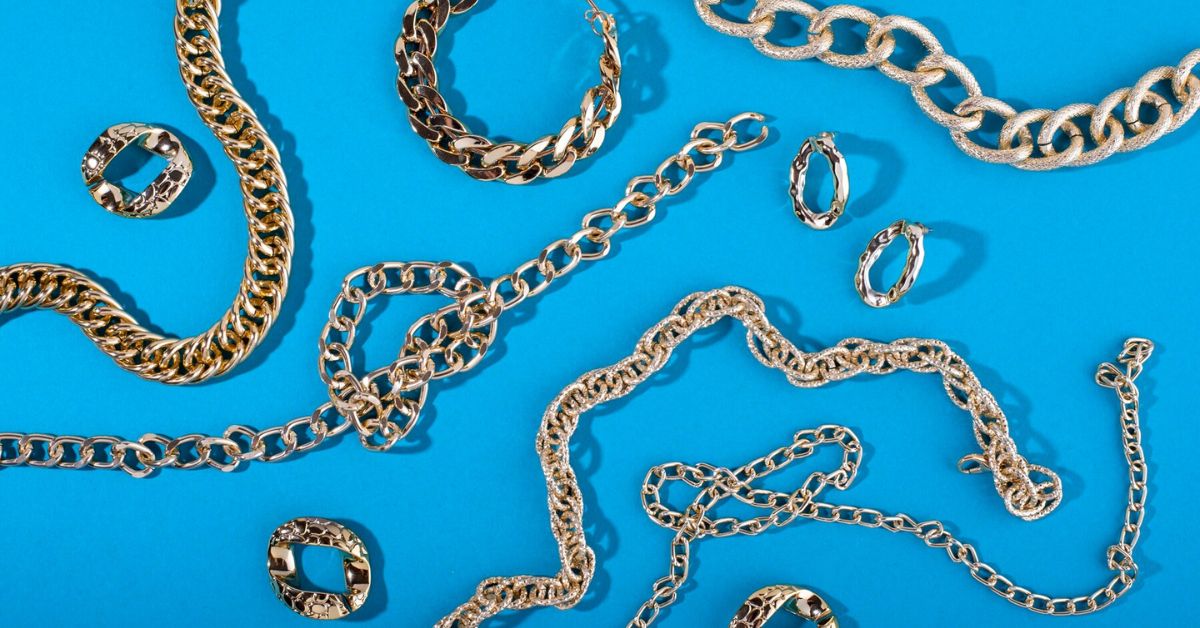Hijabhoojup has quickly become a buzzword in both cultural and fashion circles, combining the concepts of modesty, empowerment, and style. This trend, rooted in the traditional Islamic practice of covering, has been modernized into a form of self-expression for women around the world. But what exactly is Hijabhoojup, and why is it making such waves globally? This article dives deep into the origins, significance, and modern-day appeal of Hijabhoojup.
The Origins of Hijabhoojup
Hijabhoojup is more than just a trend—it’s a movement that represents both cultural heritage and religious observance. The term itself reflects a combination of “hijab,” the traditional Islamic headscarf, and modern fashion influences. The hijab has been worn by Muslim women for centuries, serving as a symbol of modesty, privacy, and morality. Its origins can be traced back to early Islamic history, where women used head coverings as a sign of their faith and identity.
YOU MAY LIKE: Introduction to SocialMediaGirlsForum: A Comprehensive Guide
The Meaning Behind the Term “Hijabhoojup”
So, what does “Hijabhoojup” mean? The word is a blend of “hijab” and “hoojup,” a contemporary term symbolizing elegance and grace. While hijab traditionally refers to the modest dress code prescribed in Islam, “hoojup” adds a modern twist. It represents how women today can combine religious values with fashion-forward thinking. Essentially, Hijabhoojup embodies modesty, empowerment, and individuality all wrapped up in one.
Hijabhoojup as a Modern Trend
As the fashion industry continues to evolve, so does Hijabhoojup. Once seen only in religious or cultural contexts, the hijab has been transformed into a symbol of empowerment and style. Today, you’ll find Hijabhoojup not only on the streets but also on runways, social media, and even in high-fashion magazines. This trend transcends borders, making its mark on global fashion.
Hijabhoojup in the Fashion Industry
Fashion designers across the globe have embraced the Hijabhoojup movement, creating elegant and stylish versions of traditional attire. From intricate patterns to bold colors, the options for styling hijabs have become as varied as any other fashion trend. Major fashion weeks, including those in Paris and New York, have featured collections dedicated to modest fashion, showcasing how Hijabhoojup can be both chic and culturally respectful.
Casual Wear vs. Formal Wear
The beauty of Hijabhoojup lies in its versatility. It can be adapted to fit any occasion, whether it’s a day at the office or a glamorous evening event. For casual wear, many women opt for simple, comfortable styles with soft fabrics and neutral tones. On the other hand, formal Hijabhoojup includes luxurious materials, intricate embroidery, and elaborate draping, perfect for weddings and formal gatherings.
Global Impact of Hijabhoojup
Hijabhoojup has resonated across both Western and Eastern cultures, breaking down barriers and encouraging conversations about identity, modesty, and freedom of choice. In many Western countries, the hijab has often been misunderstood or associated with stereotypes, but the rise of Hijabhoojup is changing that. More people are beginning to appreciate the cultural significance behind modest dressing.
The Influence of Social Media
One of the major reasons for the rapid growth of Hijabhoojup is its promotion on social media platforms like Instagram, TikTok, and YouTube. Influencers and content creators have been instrumental in shaping the narrative around Hijabhoojup, showing the world that modest fashion can be trendy, stylish, and empowering.
The Role of Hijabhoojup Influencers
Popular Hijabhoojup influencers such as Dina Tokio, Habiba Da Silva, and Ascia Al-Faraj have gathered large followings for their creative, fashion-forward takes on modest dressing. They inspire millions of women around the world to embrace their identity through their clothing, sharing practical tips, and offering fashion inspiration that goes beyond conventional norms.
Hijabhoojup and Personal Identity
For many women, Hijabhoojup is not just about fashion—it’s about embracing their identity and values. Wearing the hijab allows women to express their personal beliefs while standing out in the crowd. It serves as a powerful statement of faith and individuality.
In a world where fashion often equates to revealing clothing, Hijabhoojup stands out by championing modesty. But make no mistake—modesty doesn’t mean sacrificing style. Women who wear Hijabhoojup demonstrate that empowerment comes from being true to oneself, not conforming to societal pressures.
Stories of Empowered Women
Many women have shared their stories of empowerment through Hijabhoojup. Take, for instance, Olympic fencer Ibtihaj Muhammad, who became the first American woman to compete in the Olympics wearing a hijab. Her journey is a testament to the strength and determination of women who embrace Hijabhoojup in various fields, from sports to politics to entertainment.
Addressing Common Misconceptions
Despite its rising popularity, there are still misconceptions surrounding Hijabhoojup. Some believe it’s a symbol of oppression, but this couldn’t be further from the truth. Many women choose to wear Hijabhoojup as a personal expression of their faith and values, not because they are forced to do so.
Hijabhoojup beautifully bridges the gap between tradition and modernity. While it honors the cultural and religious significance of the hijab, it also allows women to adapt their style to modern trends, ensuring they feel both connected to their heritage and confident in their appearance.
How to Style Hijabhoojup
Styling Hijabhoojup is all about finding the right balance between modesty and creativity. Whether you prefer simple, everyday looks or more intricate designs, there are endless possibilities. Accessories such as brooches, pins, and scarves can add an extra touch of elegance, while layering helps create dynamic and unique outfits.
Conclusion
Hijabhoojup is more than just a fashion trend—it’s a cultural phenomenon that promotes modesty, empowers women, and allows for creative self-expression. As it continues to grow in popularity, Hijabhoojup will likely shape the future of both fashion and cultural identity. Its ability to blend tradition with modernity makes it a truly unique and empowering choice for women everywhere.
FAQs
What is Hijabhoojupp?
Hijabhoojupp is a modern, fashion-forward take on traditional hijab wear, combining modesty with contemporary style.
Why is Hijabhoojupp becoming so popular?
It offers women a way to express their personal beliefs while staying fashionable and is heavily promoted by influencers on social media.
Can Hijabhoojupp be worn for formal occasions?
Yes, Hijabhoojupp can be styled for both casual and formal occasions, offering versatile options for any event.
Is Hijabhoojupp specific to any culture?
While rooted in Islamic tradition, Hijabhoojupp has transcended cultural boundaries and is embraced by women of various backgrounds.
How can I style Hijabhoojupp for everyday wear?
You can opt for simple designs with soft fabrics and neutral tones, accessorized with pins or brooches for a subtle, stylish look.
READ MORE: CLICK HERE





